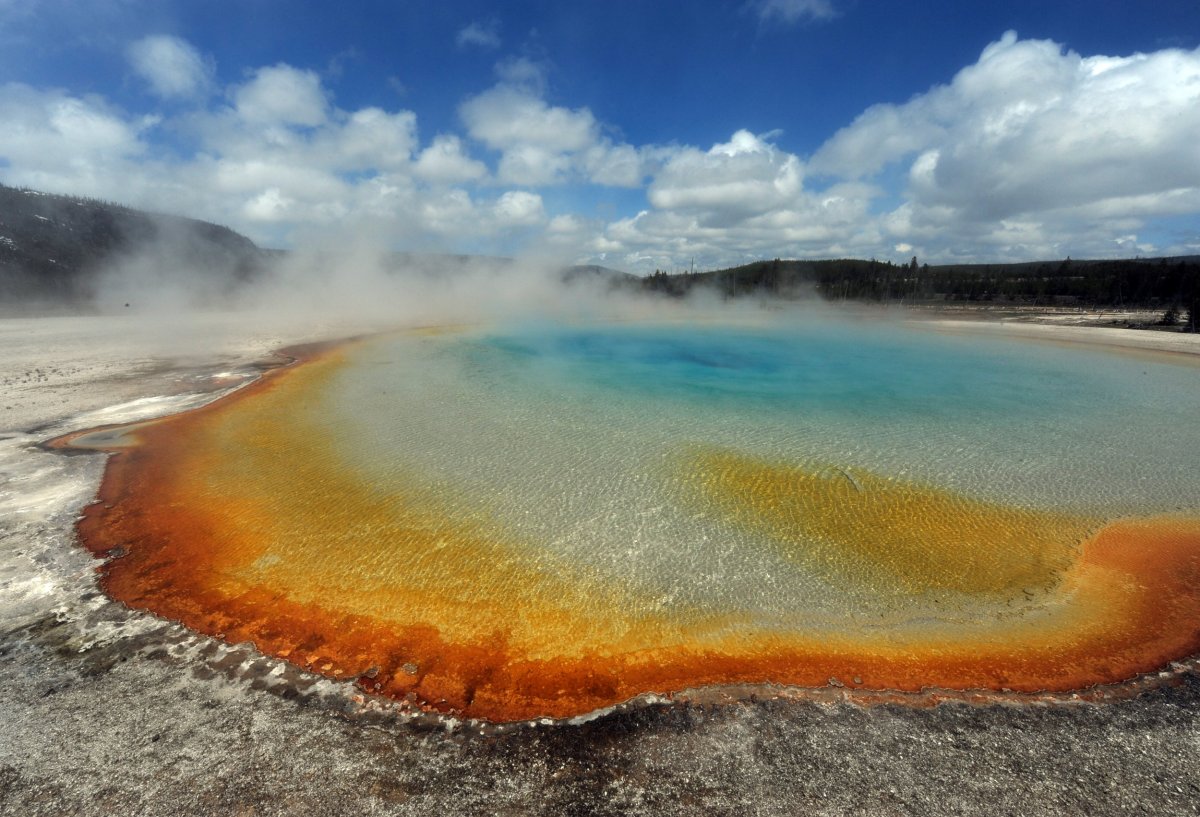Scientists think they might have found a vital clue to the mystery of how life on Earth began in the warm acidic waters at Yellowstone National Park. Living here are microbes called archaea, and studying their lineage may help us understand life on Earth—and perhaps what life may look like elsewhere in the universe.
In a study published Tuesday in Nature Microbiology, researchers from Montana State University identified a new lineage, or grouping, of a type of microbe called archaea. The new archaeal lineage is named Marsarchaeota after the planet Mars, due to the microbe's ability to thrive in iron, the element that gives the planet its red coloring.
Related: Volcanoes may have kick-started life on Earth 4 billion years ago
Archaea, bacteria and eukaryote—which includes humans and other complex creatures—are the three types of life-forms on Earth. Research suggests that archaea are a truly ancient life-form, perhaps the most ancient one on Earth. The team thinks that further studying the archaea found at Yellowstone will answer some questions scientists have about our evolutionary history.

"The discovery of archaeal lineages is critical to our understanding of the universal tree of life and evolutionary history of the Earth," the group wrote, Phys.org reported. "Geochemically diverse thermal environments in Yellowstone National Park provide unprecedented opportunities for studying archaea in habitats that may represent [analogs] of early Earth."
Related: Clouds of Venus could host extraterrestrial life-forms
The team identified two subgroups of Marsarchaeota, one that lives in water above 122 degrees and another that lives in water between 140 and 176 degrees. Both live in water with about the same acidity as grapefruit juice, Phys.org reported. The archaea require low levels of oxygen and do not produce iron but likely reduce the compound into a more simple form. According to study researcher William Inskeep, a professor of geomicrobiology in MSU's Department of Land Resources and Environmental Sciences in the College of Agriculture, this ability to recycle iron may have played an important role in the early Earth environment.
The new find might also give us clues about what life on Mars could look like, because the archaea live in environments similar to those found on Mars's surface. The team will continue to study these tiny microbes in order to better understand what clues about the history of life—both here and elsewhere—they might hold.
Uncommon Knowledge
Newsweek is committed to challenging conventional wisdom and finding connections in the search for common ground.
Newsweek is committed to challenging conventional wisdom and finding connections in the search for common ground.
About the writer
To read how Newsweek uses AI as a newsroom tool, Click here.








